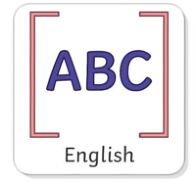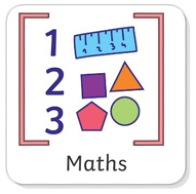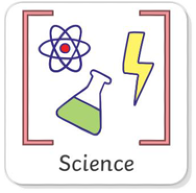Friday
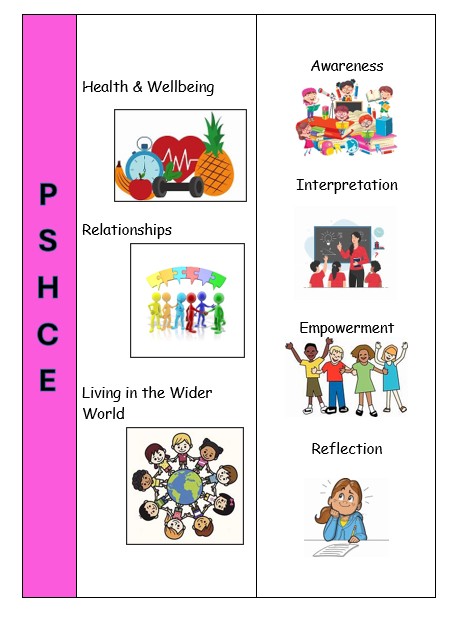

Friday 7th November 2025
LC: To confirm what ‘bullying’ means.
Bullying is when someone hurts or scares another person on purpose, and they keep doing it even when the other person feels upset or asks them to stop.
It can happen in different ways, like:
- Physical Bullying: hurting someone’s body, like hitting, pushing, or taking their things.
- Verbal Bullying: saying mean things, teasing, or calling people names.
- Social Bullying: leaving someone out on purpose, spreading rumors, or embarrassing them.
- Cyberbullying: using phones, computers, or social media to say hurtful things online.
People bully for different reasons, but it’s never okay. It’s important to be kind and help others, so everyone feels safe and happy.
Activity
Let's look at the paper heart.
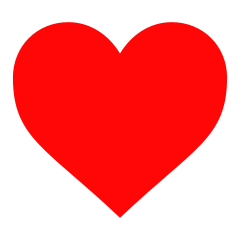
This represents someone's feelings.
Close your eyes for two minutes and think of examples of things that could hurt someone’s feelings.
For each example, we are going to gently fold or wrinkle a part of the heart.
Now close your eyes and think of ways to make someone feel better.
For each example, we are going to try to smooth out the wrinkles on the heart.
Kind words and actions help, some of the wrinkles (feelings) stay behind.
although while until before after
Choose three of these conjunctions. Write two sentences for each, swapping the clauses around in the second.
LC: Take note of punctuation and use intonation, tone and volume when reading aloud.
Our focus genre this half term is Folk Tales.
Read this definition from The Encyclopaedia Britannica.
Folktales are a kind of story that gets passed on from generation to generation. True folktales do not have a single author. They develop as different people tell them over time. As such, they are creations of “the folk,” or the people. Many folktales are very old. For generations the tales were spoken aloud and never written down. Storytellers would memorise the stories and keep them alive. Modern authors may write their own versions of popular kinds of traditional tales.
Here is part of a traditional English folk tale called The Green Children. This version was written by Kevin Crossley-Holland.

Before we read, it will help our understanding if we know the meaning of some unfamiliar vocabulary.
swaths of corn a row or line corn as it falls or lies when mown
cottars farm labourers who occupy cottages
scythe a tool used for cutting crops
turf balk an unploughed piece of grass land
The Green Children
Clac straightened his back, braced his aching shoulders, and grunted. Sweat trickled down his face and dripped from the end of his nose. He licked his lips. They tasted of salt. Clac glanced down the long, straight swaths of corn, then, rubbing the back of his neck between his shoulder blades, he considered the position of the sun. But his stomach was his best clock. He filled his lungs, cupped a huge hand to his mouth, and bellowed “FOOD!”
The other cottars heard him. One by one they stopped work and mopped their brows. One by one they left their own strips of land and began to walk slowly towards him. Their scythes gleamed in the midday sun and a very small wind moved over the swaths and whispered warnings to the ears of uncut corn.
“Come on,” called Clac. He sat on the turf balk dividing his strip from the next, waiting impatiently. “ This sun… I’ve had enough of it.” “So have I,” groaned Grim. He slumped against the balk. “And so have I,” sighed Swein, collapsing in a heap like a sack of potatoes. Suddenly, a movement caught Clack's attention. “Come on,” cried Clac, “you and you and all the rest of you.”
Panting heavily, the others followed him. “Look!” insisted Clac, pointing again.“Look!” And there, huddling in the hollow of the largest pit, the cottars saw what Clac had seen: two green children. Their skin was green, their hair was green, they wore green clothes. And one was a boy, the other was a girl.
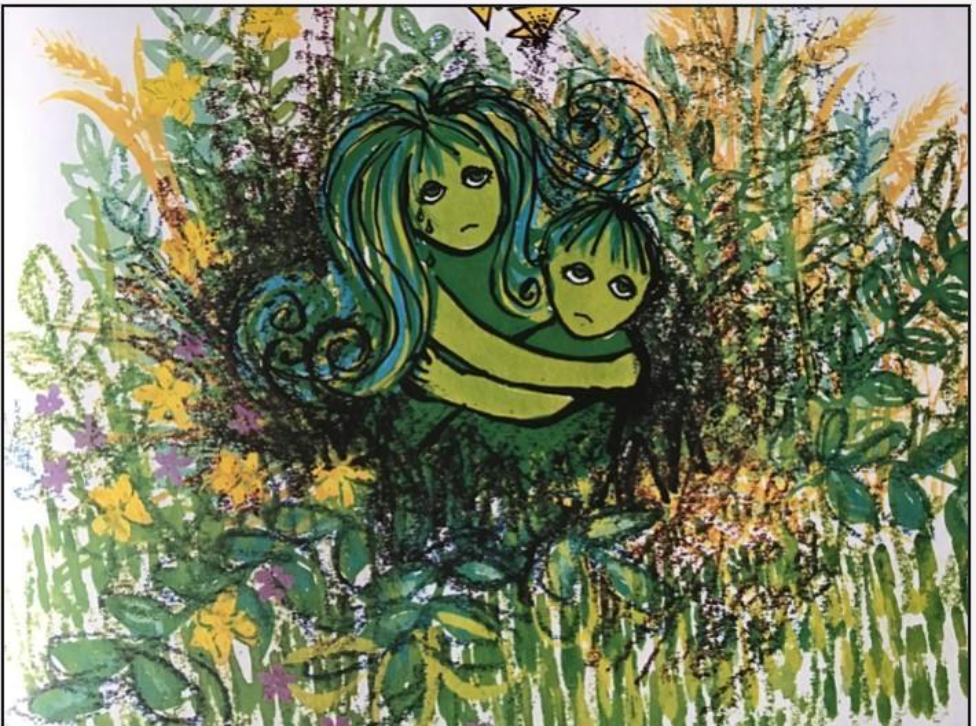
07.10.25
LC: To be able to recognise the pattern in the 4 and 8 times tables.
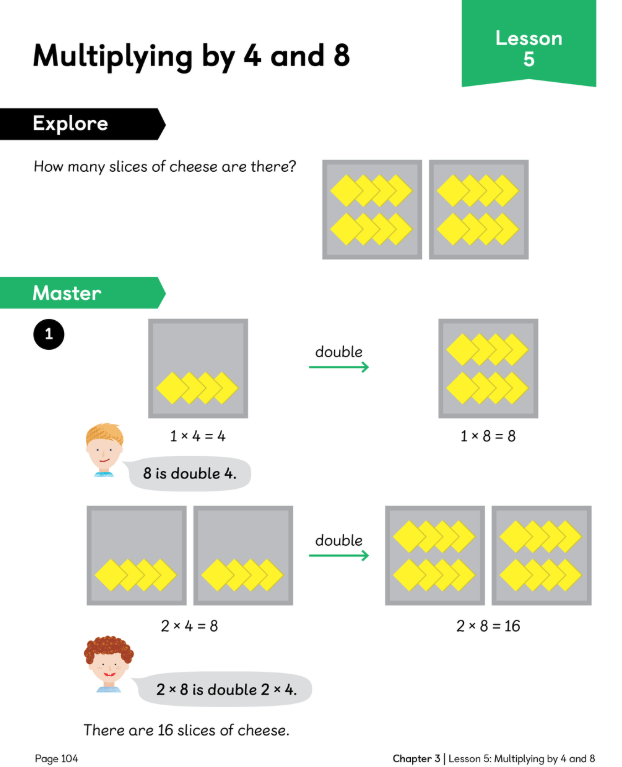


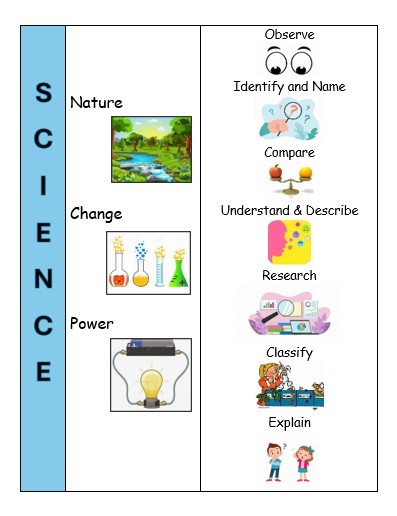

Friday 7th November 2025
LC: To use observational skills to describe how magnets behave.
Your teacher has a bridge built from Lego which looks something like this...
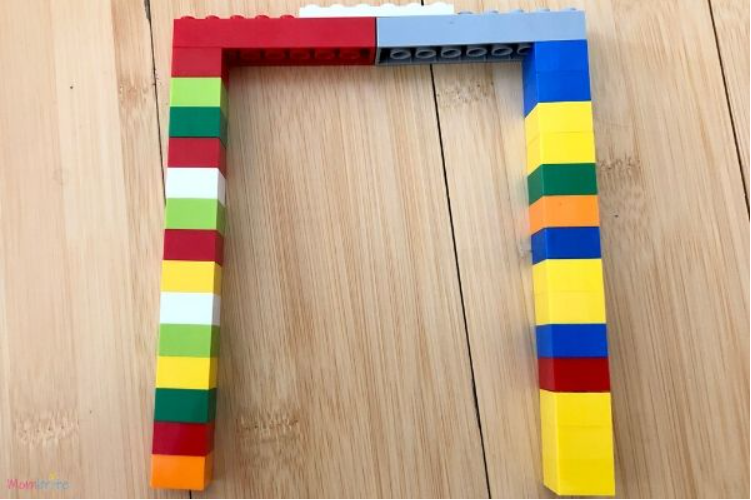
Your teacher also has a paper clip.
Stand in a place where you can see what is happening to the paper clip.
Discuss with your talk partners, what just happened. Is it magic?
Let's take a look at what caused the paper clip to be pulled upwards.
What were the Mice using to get the cheese? What forces could you see in the video?
With your talk partner, can you think of things that we use magnets for in everyday life?
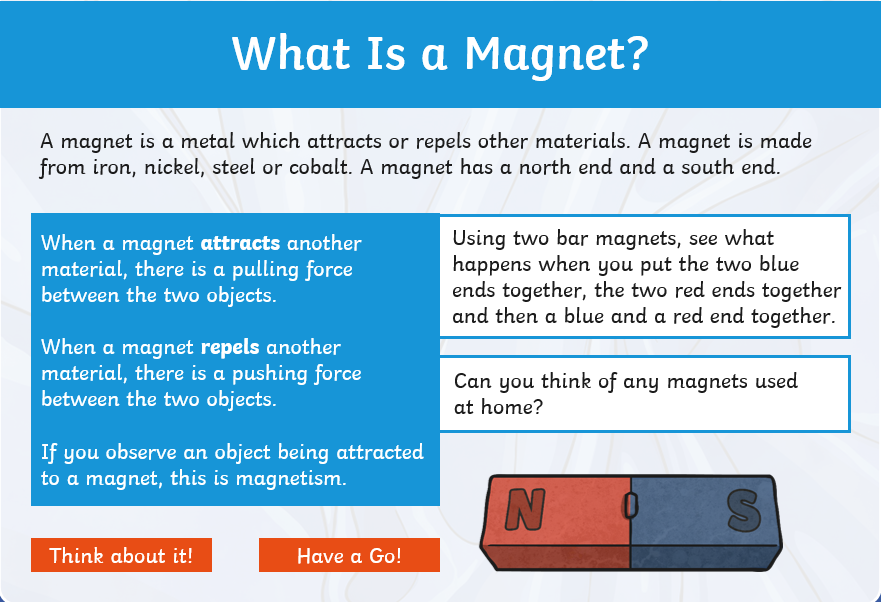
Let's investigate how magnets might react to different materials.
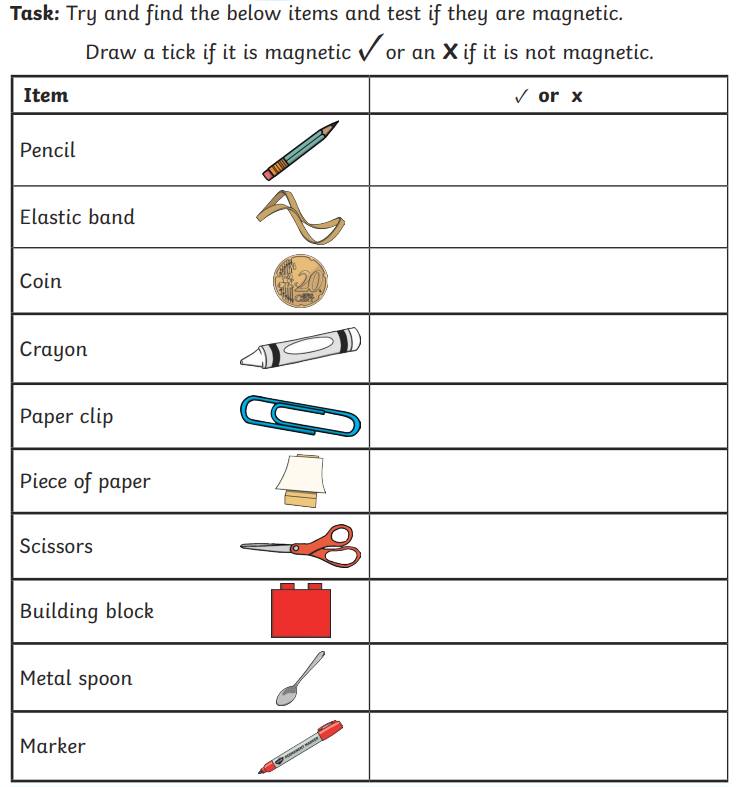
Challenge: For each material write a sentence describing how the magnet reacted to the material.
Here is an example: The magnet pulled the spoon closer.





